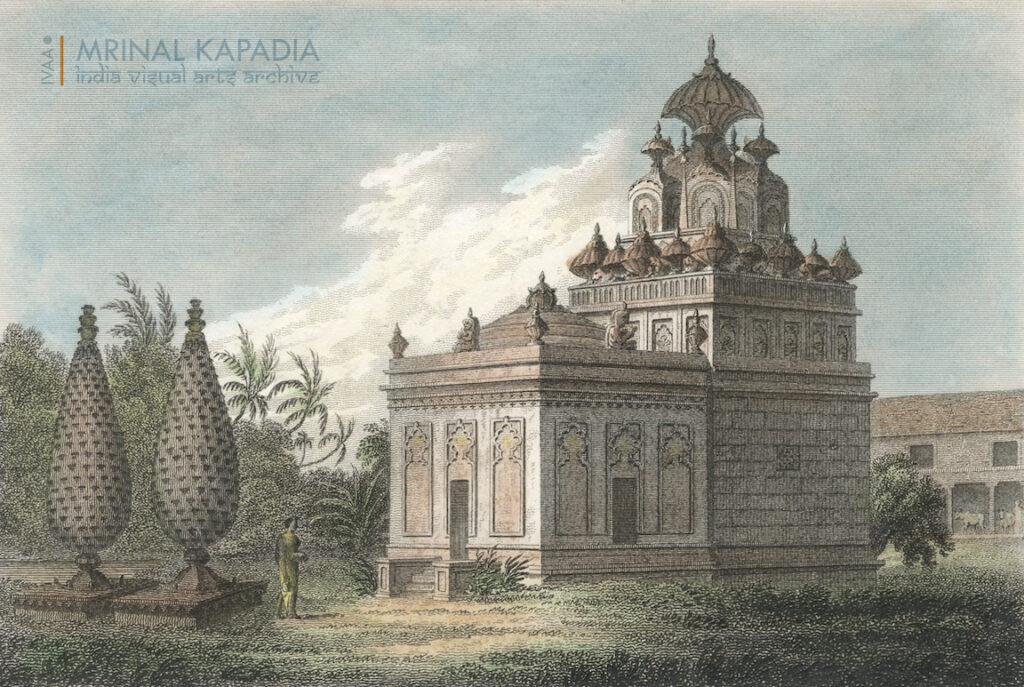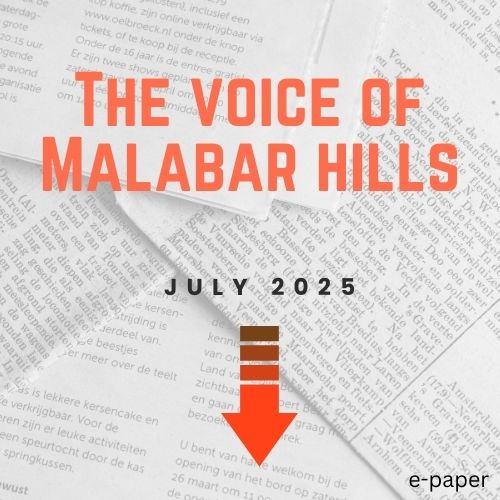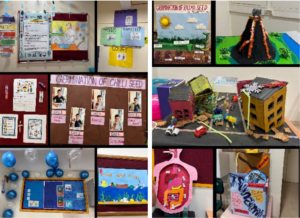Visual depictions of Bombay until the early 1800s were primarily either sketched by military officers or administrators with the East India Company, semi-trained amateur draftsmen, but often skilled. Being overwhelmingly focussed on trade (not unlike today), the island failed to attract professional artists that could make a living off their artistry, unlike the other EIC strongholds of Calcutta and Madras, finding little to no patronage in spite of burgeoning wealth. The acquisition of Salsette (much of today’s suburban Mumbai) by the Company in the 1770s brought in a measure of political stability in the region, and opened up the area for travelling visitors.

One of the earliest such visitors, Maria Graham (née Dundas) touched upon Bombay harbour because her father was appointed Commissioner of the Navy here in 1809 (basically, he was in charge of the dockyard.) A traveller with a zest for life, even though her overwhelming and growing area of interest was botany, Graham did record landscape views in her first few months in Bombay, giving us invaluable perspectives via her written insights
and sketches. She also met her to-be husband, Thomas Graham, during her journey
getting here.
Thanks to Graham’s vivid description, it is easy to determine that the temple seen in the image here was the family temple of Jagganath ‘Nana’ Sunkersett, one of Bombay’s foremost and philanthropic citizens in the first half of the 19th century, whose father Babulsett Sunkersett had recently built this at the time of the sketch (dated August 1809, when Nana would’ve been 6 years old) within their family estate grounds at Tardeo, located at the base of the eastern slope of Cumballa Hill. The caption by Graham further goes on to state “the building and endowment cost one lack (lakh) of rupees or £12,500”.
Named the Bhavani Shankar Mandir, it still stands and is also very much recognizable as the very same temple. A cow shed (gaushala) can be seen in the background of the image on the right here, which doesn’t exist anymore, in place of which stands the Sunkersett Palace building on Jivaji Dadaji Marg. The Sunkersett estate boasts of multiple seminal accomplishments – the backyard probably hosted the first girls school in western India, and the first ticket of the GIPR (Central Railway today) was also sold from Nana’s home
(presumably their Tardeo residence, as it was their primary one)! Further, an interesting description by a 20th century city biographer states that deer roamed freely within the confines of this compound during Nana Sunkersett’s heyday!!
Writing about Tardeo and the general “Nana” Chowk area, Graham describes it as… “a most beautiful village, entirely inhabited by Bramins. In the centre is a large tank (Gowalia Tank, August Kranti Maidan today), on the banks of which are some fine trees and high pyramidical pillars (deep stambhas), which are lighted up on festivals. A broad road round the tank separates it from the temples, which are more numerous than the houses”.
(Picture and article by Mrinal Kapadia, resident of Cumballa Hill, he is a collector and researcher, and can be reached on mrinal.kapadia@gmail.com or via Instagram on @mrinal.kapadia)






